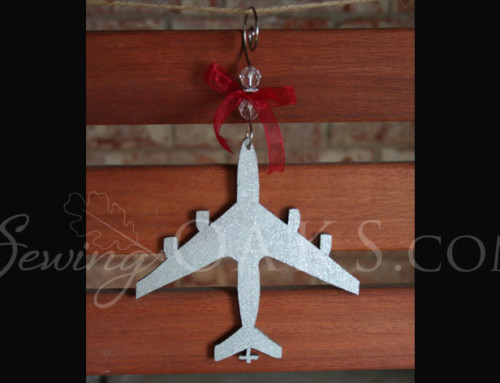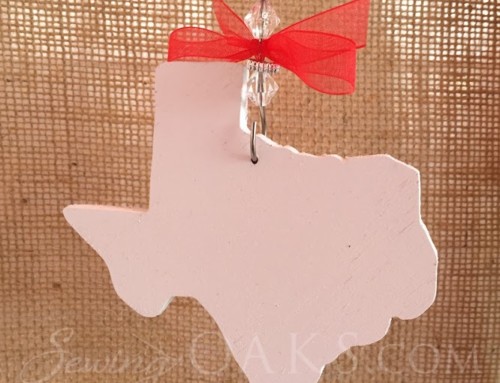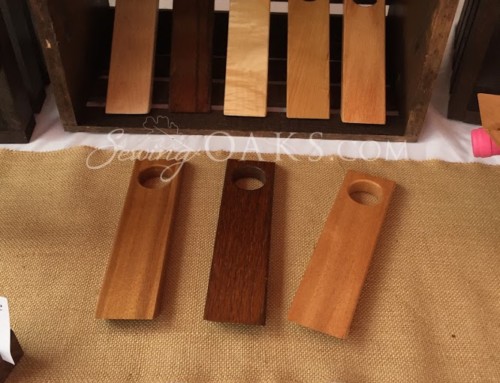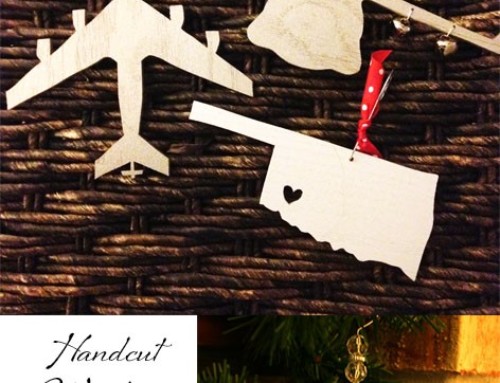Many people have asked me about buying an embroidery machine. Some people just want to monogram items for their friends and family and some want to start a small business. Here is what I tell them they need to consider. Please remember that these are suggestions based on my experience and research. Use the information as a guide in what to consider when purchasing an embroidery machine. Some of the following links are affiliate links. All of them are there to help you gather the information you need.
Machine
I started out with a Husqvarna Viking combination machine. I could sew like normal and could attach the embroidery arm when I wanted to stitch out a design. I loved my machine and only upgraded due to the large orders I was receiving. I still use a Husqvarna sewing machine almost daily and would highly recommend their machines. You can find out more about them here: http://www.husqvarnaviking.com/
The Husqvarna systems (machines and software) can be a little more expensive, so here are some other great options that I would consider if I was in the market for a new (to you) small embroidery machine.
- Check with machine dealers (Husqvarna, Bernina, Brother or others) to see if they have any used models that would fall into your price range. These companies make good machines. Purchasing from a dealer will give you the added assurance of the machine’s performance and the support when needed.
- If the dealer route is not for you, I would look at the Brother PE770. This is a very popular machine for small embroidery machine owners and I have seen some good deals through Amazon. It includes one hoop with the machine and has the option to add more hoops.
Hoops
The basic hoop size is 4 inches by 4 inches (4×4). I think that having a 5×7 hoop or larger is a great idea. Embroidery can be addicting. While you will probably start out with smaller designs, you will eventually want to do a larger design.
Software
This is the part that most people do not consider when thinking about a machine. Software is expensive if you want to be able to make your own designs. Making your own designs can be fun, but it takes time, patience and a lot of trial and error.
- I would suggest getting a basic software such as Monogram Wizard Plus. You can make so many different monograms using a variety of popular fonts. Just go right for the Plus, you will not regret that purchase. If you do change your mind, there are always people looking to buy that software.
- If you want to create your own designs from scratch including appliques, I would suggest the Husqvarna Software or Wilcom. Both are expensive so you need to be serious about designing. Before taking the plunge, I would buy the designs you are interested in and see how much you really need/want the software. There will be so much to learn about your machine, fabrics, and other details that making the designs from scratch can be an extra step of frustration for some (speaking from experience!).
- If you aren’t serious about designing, I would suggest buying designs from designers online. You can get quality designs for around $3-5. I would be happy to help you with a design too. Just let me know what you are looking for!
Stabilizer
This is used to help stabilize the fabrics that you will be sewing. Different fabrics call for different stabilizers or combinations of stabilizers. These are the basic ones that I suggest having on hand.
- Tear Away – Used for the majority of fabrics. Some items may require that you double up. After the design is stitched you will just tear it away.
- Cut Away– Used with dense designs for more stability. Part of this stabilizer will stay on the project after you stitch it, you cut away any excess.
- Solvy– Used on top of towels, fleece or other materials with a high pile. This will help your items look more professional.
- Sulky’s Tender Touch -Soft backing for children’s clothing. You iron this on after stitching the design to keep the embroidery from irritating children’s skin. This isn’t mandatory but is helpful depending on the design and the customer. There are some other brands out there and sometimes you can find it at JoAnn’s and other craft stores.
Thread
You will have to decide which thread you like best as far as appearance, cost, and how it works with your machine. Metallic threads tend to cause the most issues. I would suggest buying some sample packs of different brands to see what you like and to see which colors you use more. The little spools don’t seem like much, but they will last longer than you think. Some threads that you might like to sample are:
- Madeira- You can find a sample pack here.
- Another sample pack can be found here.
- Robinson Anton is another good brand.
- Walmart, Hobby Lobby and JoAnn’s all have embroidery thread that is good if you are in a pinch or have a coupon. They can be more expensive than other online deals. Shop around to see what is best for you.
- Bobbin threads– Most people buy them pre-wound. Make sure you get ones that are compatible with the machine you will be using.
Computer
You will need a computer and some basic computer skills to operate the basic software, download designs and to get the designs to the machine.
A few other things
Other items to think about when setting up an embroidery machine:
- Space
- Organization materials for thread, stabilizer, the machine, scissors and other notions.
- Inventory of items that you purchase to give as gifts or to sell.






